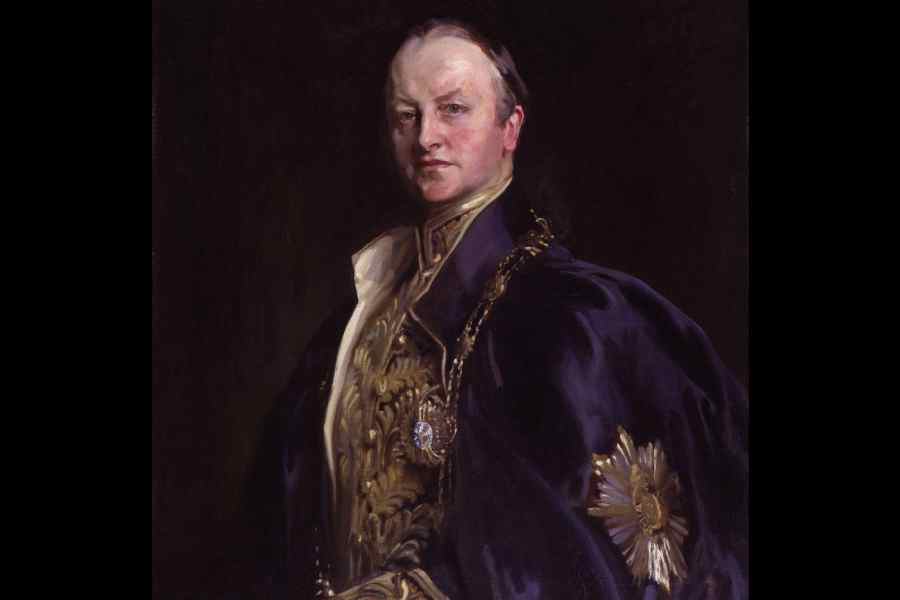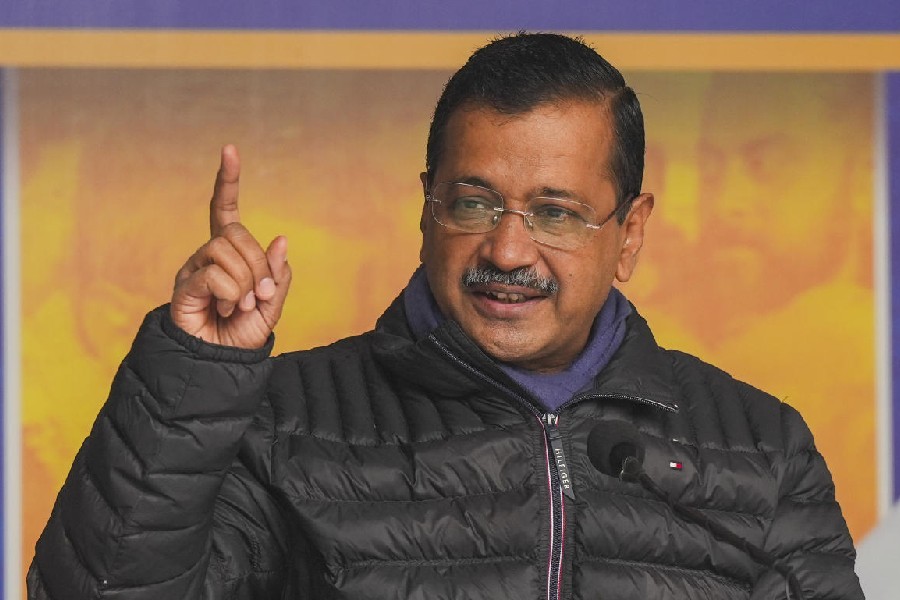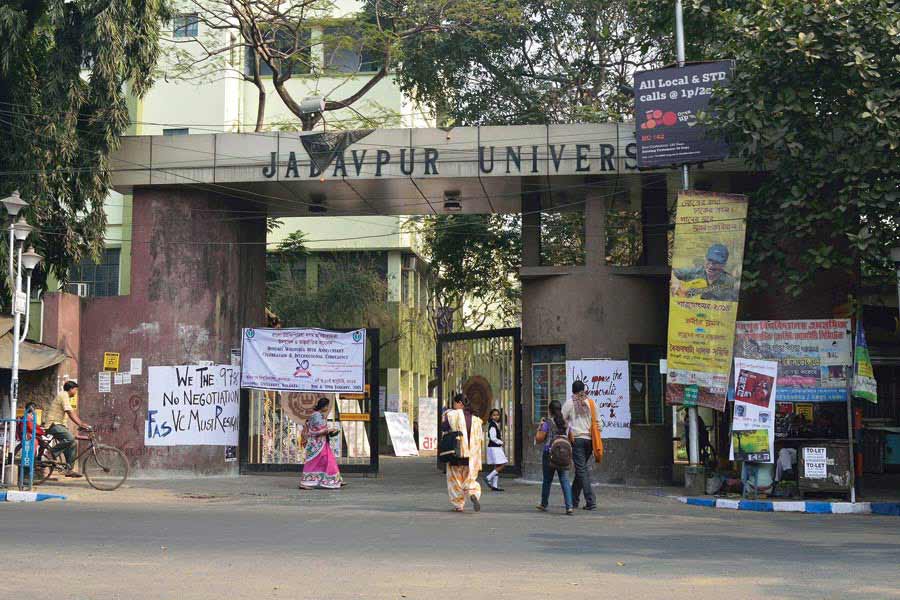Memorable model
On Monday, I took the train to Derbyshire for my first visit to Kedleston Hall, which has been the seat of the Curzon family since it was built by Robert Adam in 1759. Its most famous member, George Nathaniel Curzon, was Viceroy of India from 1899 to 1905. He died, aged 66, in his London townhouse on March 20, 1925, but his body was brought back for burial in the 12th-century All Saints Church in Kedleston. The National Trust, which now owns Kedleston, is preparing to mark the centenary of Lord Curzon’s death next year.
Diwali will be celebrated in the magnificent marble hall, I am told by Simran Sandhu, the senior partnerships and programming officer. She adds that the café menu will include ‘chickpea curry’.
I was fascinated by what Curzon brought from India — displayed in the Kedleston Museum — from swords and shields to jewellery, furniture, photographs of maharajahs and animal trophies, including a wild buffalo he had shot in East Bengal. As for his legacy, he is the man who caused immense harm by partitioning Bengal but he also restored the Taj Mahal and founded the Kaziranga National Park. Nehru said of him: “After every other Viceroy has been forgotten, Curzon will be remembered because he restored all that was beautiful in India.”
Incidentally, the Government House in Calcutta was modelled on Kedleston Hall.
Strong emotions
Charles Dickens’s last completed novel, Our Mutual Friend, which he published in 19 instalments between 1864 and 1865, has just been adapted for the stage by the National Theatre in London. It’s about love, life and death along the Thames. London Tide is edge of the seat stuff. In the end, it does have a slightly syrupy, Bollywood ending with the girl rejecting the boy and, then, finally accepting the boy, twice over. But Indian audiences will certainly go away with a happy tear in their eyes. What I hadn’t realised was that there were once people whose trade was trawling the Thames, even on stormy nights, for bodies. If any were found, their pockets were emptied of any valuables before the corpses were handed over to the police for a fee.
In a thoughtful programme note, John Bowen, a professor of English at York University, says: “Our Mutual Friend, like so much of his fiction, draws deeply on the strong emotions and polarised moral distinction, to show virtue being tested to the limit. No other writer of the period granted the poor and dispossessed such fictional centrality, or was so angry about their suffering.”
Similar path
After seeing an intricate doll’s house at the Huguenot Museum in Rochester, Kent, one can speculate that today’s millionaire Indians will form the aristocracy in a multicultural Britain three or four generations from now. The doll’s house was given to the 10-year-old Sarah Lethieullier in 1735 by her father. It has nine rooms filled with 400 perfectly made fixtures and fittings. Her immigrant, Protestant ancestors fled persecution in France, arrived in the UK in 1605 and became associated with the new Bank of England. Sarah married well and became part of the aristocracy, which also seems to be the trajectory of Indians in the UK.
Ready reckoner
With the Indian general election underway, the Financial Times’s South Asian bureau chief, John Reed, has suggested “a selection of the best titles to shed light on what’s at stake in the world’s biggest democracy.” He recommends India After Gandhi (2007) by Ramachandra Guha; Whole Numbers and Half Truths by Rukmini S.; Unequal: Why India Lags Behind Its Neighbours by Swati Narayan; The Struggle for India’s Soul by Shashi Tharoor; and The Greatest Indian Stories Ever Told, edited by Arunava Sinha.
Such lists are always fun, provoking readers either to bash the FT for its alleged anti-Modi bias or suggest their own favourites. One reader says, “To understand North India, I would recommend that FT should find good translations of stories by Munshi Premchand.” Another has listed Imagining India by Nandan Nilekani; The
India Way by S. Jaishankar; The Indian Conservative by Jaithirth Rao; Nehru & Bose: Parallel Lives by Rudrangshu Mukherjee. He added, “If one hasn’t read the translations of Ramayan by Tulsidas, and Mahabharata by Vyasa, then one cannot and will not be able to understand India.” One reader quipped that India “is a land of contradictions. Enjoy it, don’t try to understand it.”
My tip to newcomers travelling to India is Vikram Seth’s A Suitable Boy. I would also suggest Joya Chatterji’s Shadows at Noon: The South Asian Twentieth Century. The Cambridge professor tells me that “Fatty”, her nickname for the 842-page volume — “the first Indian edition is truly massive” — has just won the history prize at the LA Times Festival of Books in California. Her view is that pursuing romance in India across boundaries of religion, caste or class “is asking to be murdered”.











